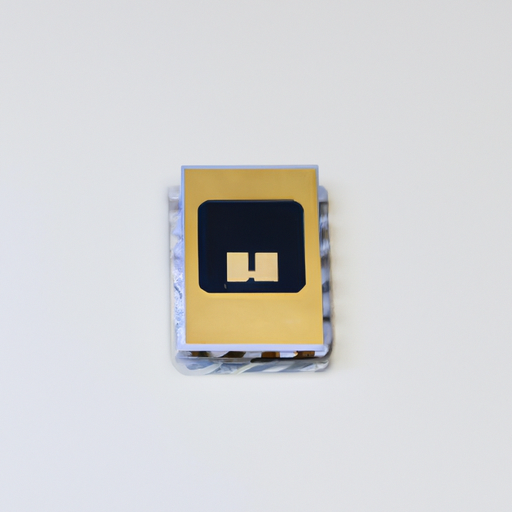Overview of Chip Resistors - Surface Mount Technology
Chip resistors, particularly in surface mount technology (SMT), are essential components in modern electronic devices. They are designed to meet the demands of compact, high-performance applications across various industries. Below, we delve into the core functional technologies and application development cases that highlight the significance of chip resistors in SMT.
Core Functional Technologies of Chip Resistors - Surface Mount
| 1. Thin Film and Thick Film Technologies | |
| 2. Size and Form Factor | |
| 3. Power Rating and Tolerance | |
| 4. Temperature Coefficient | |
| 5. Automated Assembly Compatibility | |
| 1. Consumer Electronics | |
| 2. Automotive Applications | |
| 3. Industrial Automation | |
| 4. Medical Devices | |
| 5. Telecommunications |
Application Development Cases
Conclusion
Chip resistors in surface mount technology are indispensable components in modern electronic design, playing a crucial role across various industries. Their versatility, precision, and compatibility with automated manufacturing processes make them essential for a wide range of applications. As technology continues to advance, the demand for smaller, more efficient, and reliable chip resistors is expected to grow, driving further innovation in this field. The ongoing development of new materials and manufacturing techniques will likely enhance the performance and capabilities of chip resistors, ensuring they remain a cornerstone of electronic design.






